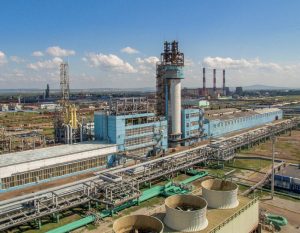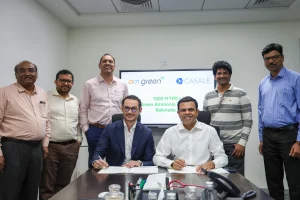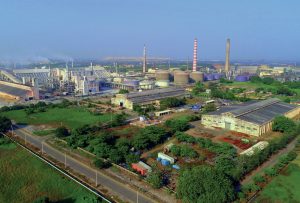
Urea market developments
Urea markets are well supplied at present in spite of Chinese export restrictions, but face volatility due to a number of trade barriers and other non-market pressures.

Urea markets are well supplied at present in spite of Chinese export restrictions, but face volatility due to a number of trade barriers and other non-market pressures.

thyssenkrupp Uhde has been awarded a contract by Gujarat Narmada Valley Fertilizers & Chemicals Ltd. (GNFC) for the construction of a weak nitric acid plant in Bharuch, Gujarat state. The scope of work includes license, basic engineering, detailed engineering, procurement, construction, commissioning, and start-up services. The plant will have a capacity of 600 t/d of weak nitric acid, and will use Uhde’s proven EnviNOx® technology to reduce greenhouse gas emissions by eliminating nitrogen oxides from nitric acid production. This will be the third weak nitric acid plant licensed by Uhde to GNFC’s Bharuch site, in a partnership going back more than three decades.

Clariant's EnviCat N2O removal catalysts cuts 44,000 tons/month CO2e emissions at GNFC nitric acid plant in Gujarat, India

Casale is partnering with Indian renewable energy company Avaada Group to develop a 1,500 t/d green ammonia plant in Gopalpur, Odisha. This represents India’s largest grassroots green ammonia facility to date, and will be powered entirely by renewable energy. Casale will provide the ammonia process license, basic engineering package, proprietary equipment, and detailed engineering review, ensuring the facility operates at the highest levels of efficiency and sustainability. The plant will use Casale’s FlexAMMONIA technology, part of the FLEXIGREEN® portfolio.

India’s push to replace its sizeable urea imports with home grown capacity continues, but may not keep pace with rising domestic demand.

In her Indian 2025-26 budget presentation on February 1st, finance minster Nirmala Sitharaman announced a $1.15 billion investment to build a new 1.27 million t/a ammonia-urea complex at Namrup in Assam province. The plant will be a brownfield development at the Brahmaputra Valley Fertiliser Corporation Ltd (BVFCL) site. Sitharaman said that it was part of the Indian government’s commitment to strengthening agricultural infrastructure and self-sufficiency in fertilizer production. The gas-based ammonia-urea plant is expected to start up in 2028-29 and will supply farmers in northeast and eastern India.

AM Green has selected Casale as its technology partner for India’s largest under-development green ammonia complex in Kakinada, Andhra Pradesh.

Carbon Recycling International (CRI), which operates a geothermally powered green methanol plant at Svartsengi, 40km southwest of Reykjavik, had to evacuate its site in late November when a 3km fissure opened in the earth a few kilometres away and lava began spilling across adjacent land. Satellite photos of the area taken on November 24 show a large field of molten and cooled lava to the north, west, and south of Svartsengi, though the plant itself remained undamaged. CRI’s Iceland facility runs on CO2 , water, and renewable electricity from the Svartsengi geothermal power station. CRI says the low-carbon energy source allows it to produce 4,000 t/a of methanol with a greenhouse gas footprint just 10–20% that of conventional methanol.

India’s phosphate production is using increasing volumes of sulphuric acid, but new domestic smelter and sulphur burning acid capacity may mean reduced imports in future.

In spite of increasing environmental concerns over the use of coal as a feedstock, it continues to provide around one quarter of the world’s ammonia. But in a world that is decarbonising, is there still a future for coal-based capacity?